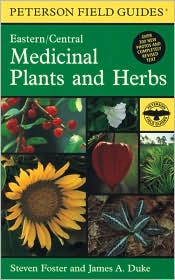|
|
 CULINARY
HERB, STEVIA & PEPPERS CULINARY
HERB, STEVIA & PEPPERS
There
are thousands of plants in nature that can be used in the kitchen
and for wellness. We grow many of them at our farm! I have been
growing herbs for over 30 years in urban, rural and even desert
conditions.
Herbs
are easy plants to grow, but because of the number of varieties,
can be difficult to understand where to use them. The varieties
we have chosen are ones which we know will do well in the micro-climate
we deal with but also are the ones we know how to use in a variety
of ways and know how to teach others to use. Some of the places
we use herbs may surprise you!
We
have tried to introduce 2-3 large areas each year for more herb
production. Most of our herbs are perennial plants which have
been propagated from our original plants in the city, moved from
the city and split or started from seed in the gardens at the
farm. Many of the herbs we grow each year are also annuals such
as basil and stevia. We treat the annual stevia and our hot peppers
much the same as we do all of our other herbs, meaning it is propagated,
grown from seed or obtained from nearby local growers.
|
|
All
of our herbs are cared for without the use of pesticides
or chemicals. We use natural remedies
for typical plant problems.
As
part of our integrated pest management program we use companion
planting, a technique used to encourage or discourage pests
by installing herbs and flowers that either encourage or
discourage these pests. With the herbs & spices we forage,
we try to stay aware of what is going on in the environment
as well as with the water supply around our farm.
Our
herb gardens are scattered around the farm. In some places
we have 50 foot rows, other places we have large whimsical
gardens that herbs lend themselves to. Many of our medicinal
herbs are thriving in woodland gardens we have established.
Some of the herbs and spices we use and sell are foraged.
|
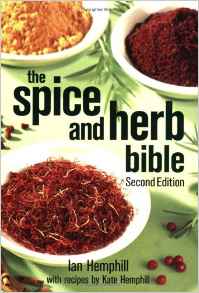
The Spice and Herb Bible |
 HARVESTING
AND PROCESSING HARVESTING
AND PROCESSING
The
beauty of an herb garden is that when you harvest, you are
helping the plant by encouraging new growth with each cutting.
We harvest as early as May and as late as Thanksgiving with
the majority of the harvesting happening in July and August.
We
harvest small bunches of herbs 5 to 10 stems in a bunch.
All of our herbs are air dried in the loft of the barn.
Nothing hi-tech. A bunch of herbs, a rubber band to hold
them together. Strings attached to the beams of the barn
to air dry the rubber banded bunches.
It
takes two to three weeks of air drying then they are placed
in plastic tubs and processed by "hand" through
sifting screens for the desired texture for cooking or for
tea. We use a variety of spice mills and grinders to get
the varying textures we need for our herb mixes. Generally
herbs are ground as we need them, though we do keep a supply
of cut & ground herbs on hand for our busy growing times!
Anything not immediately needed for production is stored
in large glass jars.
|
|
|  STEVIA
PRODUCTION STEVIA
PRODUCTION
Stevia comes from the leaf of Stevia Rebaudiana Bertoni
also known as Sugar Bush is a herb native to Paraguay. Stevia
sweetens with almost zero calories, does not encourage cavities
and is non-glycemic. Stevia has a long history of safe usage
in Asia and South America. In its raw leaf form stevia is
10 to 15 times sweeter than cane sugar. Stevia can be used
a lot of the places cane sugar is. Because Steve has a negligible
effect on blood glucose, it is attractive as a natural sweetener
to people on carbohydrate-controlled diets.
The
white stevia powder you may have found at the grocery store
is from a water extraction process. The resulting product
is granulated and about three times sweeter than the green
powder. We offer the natural unprocessed handmade green
powder which comes straight from the plant.
|
|
Stevia
is grown as an annual on our farm. We take and root cuttings from
large previous year production plants set aside for this purpose.
Stevia is very difficult to grow from seed and often is not as
sweet as the rooted cuttings. Once the stevia plant is mature,
or about 12" tall, we generally can take 3 to 6 “cuttings”
of our plants in a season for drying. The cuttings are air dried
in the barn and then crumbled and stored in glass jars.
 HOT
PEPPER PRODUCTION HOT
PEPPER PRODUCTION
We
grow hot peppers for several of our herb blends and expanded our
varieties in 2013 to include hot peppers you can't seem to find.
The hot pepper "crowd" is a fun bunch as one is always
trying to out-do the other with the heat they can take. So we
grow hot peppers just for them!
Pepper
plants are compact plants which provide a huge harvest if you
know the secrets to hot pepper farming! In addition to our dried
herb blends we now make traditional hot pepper sauces, hot pepper
mustard, hot pepper powder, pickled peppers and a hot pepper jam
as well.
 Scorpion
Scorpion
|
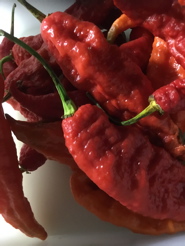
Ghost
|

Thai
|
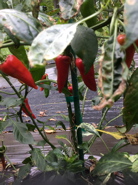
Fish
|
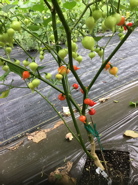
Biquinho |
You
can read about the herb products we bring to market
here.
You
can read about the medicinal & wellness herbs grown at the
farm here.
|
CULINARY
HERBS PLANT LIST
Below
is a listing of our culinary herbs and how to use them.
American
Allspice
(Lindera benzoin,)
(wild allspice, spicebush berry)
Flavor is like allspice or cinnamon.
Foraged |
Borage
(Borago officinalis)
Fresh
tastes like cucumber. Use in salads or cream soups.
Annual |
Basil
(Ocimum basilicum)
One of the basics in the kitchen.
Minty like flavor. Best paired with tomatoes.
Annual |
Chamomile
Chamaemelum nobile(P)
Sweet smelling, daisy like flowers sit atop thin
stalks and leaves. Tastes
like green tea. Use in salad dressings, enhances
soups.
Perennial
|
Chervil
(Anthriscus cerefolium)
In French cooking, it is one of the four herbs,
in the blend “fines herbes”. Sweet
mild anis flavor use on fish, soups.
Annual
|
Dill
(Anethum graveolens)
Unique
flavor, the taste predominately associated with
pickles, used in pickling,
enhances eggs, fresh green beans.
Annual |
Lavender
(Lavandula x intermedia 'provence')
The key to dried Herbs de Provence. Best used
with white fish, poultry, desserts.
Perennial
|
Lemon
Balm
(Melissa officinialis)
Adds lemon flavor to anything you want it to.
Perennial
|
Lovage
Leaves and stalks are used. Stronger
version of celery. Use in soups, poultry, salads.
Use half as much as you would celery.
Perennial |
|
Mexican
Mint
(Tagetes
lucida)
Mild anise flavor, can be substituted for French
tarragon in cooking. Complements chicken, fish,
veal and lamb.
Annual
|
Mint
(Mentha spp.)
Adds zip to many chocolate desserts, makes a great
tea and you can't forget to try the famous Mint
Julep cocktail!
Perennial |
Mustard
(Brassica juncea)
A strong flavor used to preserve and season.
Great on salmon, use in salad dressings.
Annual |
Oregano
(Origanum vulgare)
Minty, great as an assist to basil. Used in Greek
and Italian cooking.
Perennial |
Nasturtium
(Tropaeolum majus)
Trumpet-shaped blooms on vines or short stems
have sweet, mildly spicy flavor. Peppery-tasting
foliage is also edible. seed pods can be pickled.
Annual
|
Rosemary
(Rosmarinus officinalis)
Is great as a marinate for steak or as a star
in Summertime lemonade.
Perennial
|
Sage
(Salvia officinalis)
Powerful herb, woodsy. Sage lends itself to poultry
and soups.
Perennial |
Sassafras
(Sassafras albidum)
Sassafras
is very common in Adams County. The roots were
once used in root beer and the leaves are used
in making filè.
Foraged |
Staghorn
Sumac
{Rhus
typhina)
The country lemon. Ground or whole berry can be
used as a substitute for lemon.
Foraged |
Stevia
(Stevia Rebaudiana Bertoni)
Steviasweetens with almost zero calories, does
not encourage cavities and is non-glycemic.
Annual
|
Tarragon
(Artemisia dracunculus)
One of the most versatile and flavorful in my
opinion. Add it to salmon fillets or to asparagus
soup, it won't ever disappoint!
Perennial |
Thyme
(Thymus vulgaris)
Thyme is a good partner to roasted chicken, oil
and vinegar dressings and any soup you care to
make.
Perennial |
Wild
Ginger
(Asarum species)
Wild ginger is not the same as culinary ginger
(Zingiber officinale) that is used in stir-fry
and ginger ale. However, its fleshy root does
have a similar spicy aroma and can be substituted
for culinary ginger in many of the same places.
Foraged
|
Winter
Savory
(Satureja
montana)
Fresh or dried leaves are used to flavor vinegars,
herb butters, bean dishes, creamy soups, and tea.
Perennial |
|
|
|

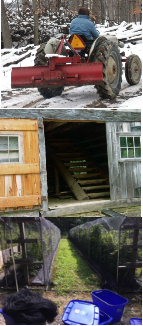
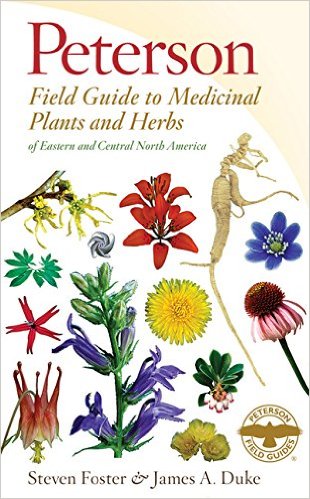
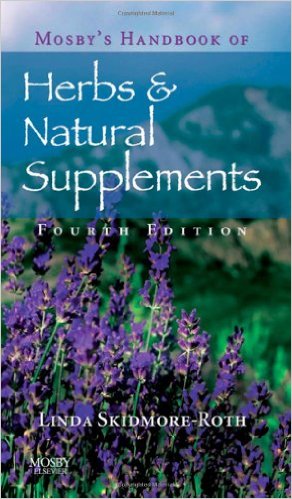
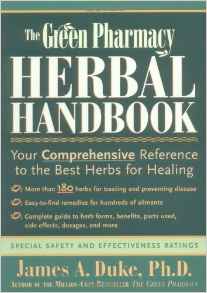



















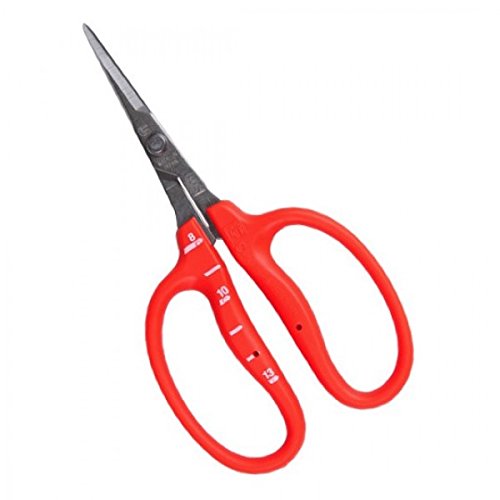
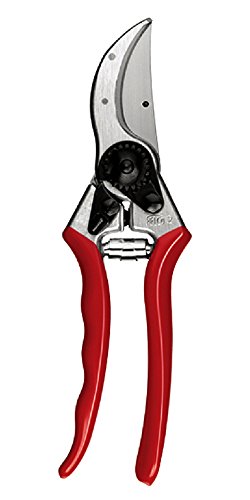
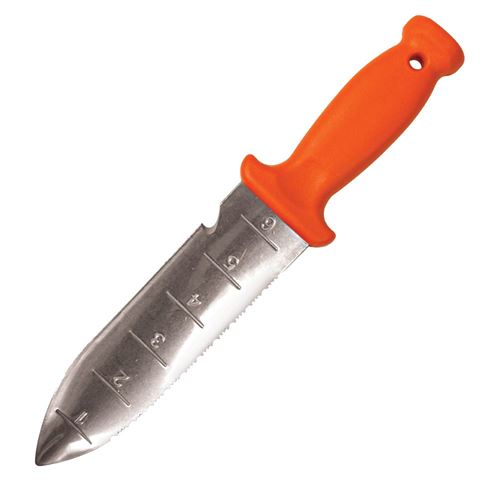
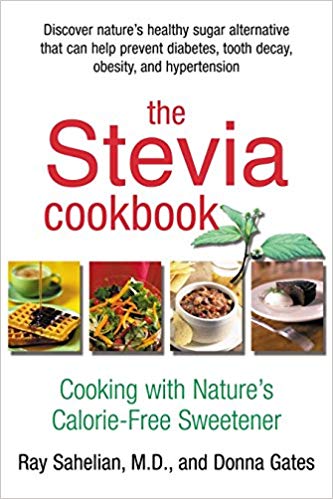


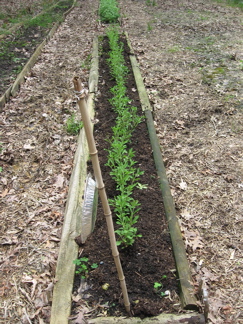

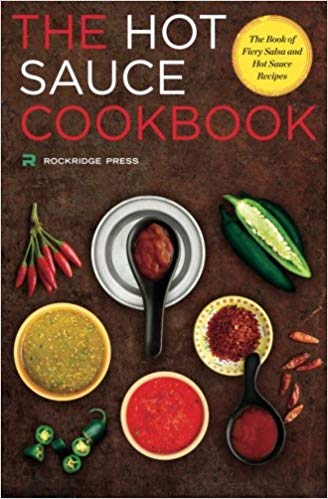
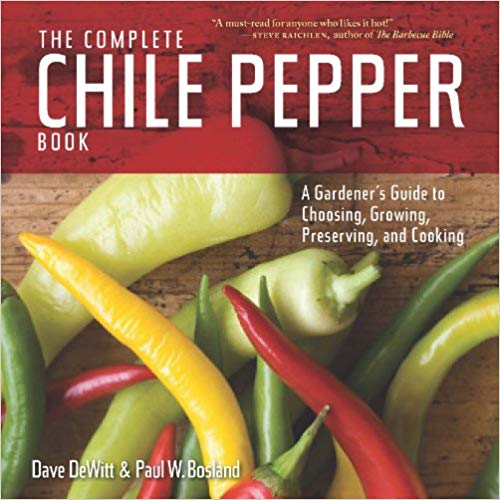
 Scorpion
Scorpion 




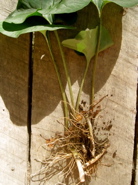

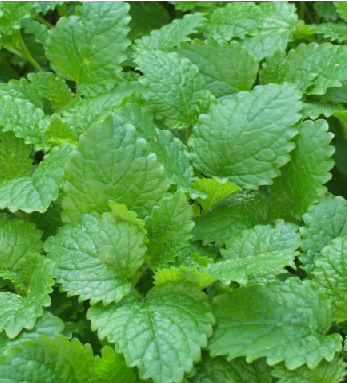

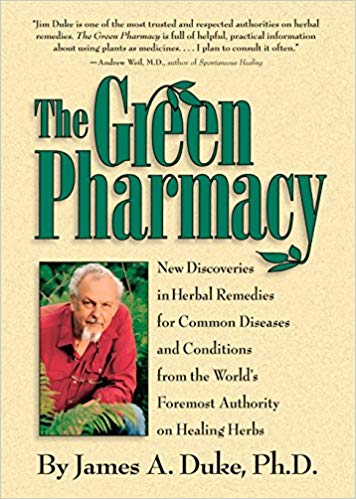
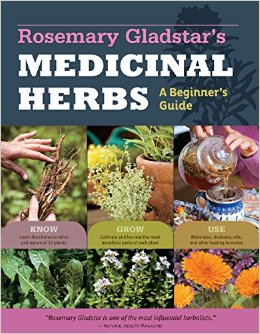 Rosemary
Gladstar's Medicinal Herbs: A Beginner's Guide:
33 Healing Herbs to Know, Grow, and Use
Rosemary
Gladstar's Medicinal Herbs: A Beginner's Guide:
33 Healing Herbs to Know, Grow, and Use